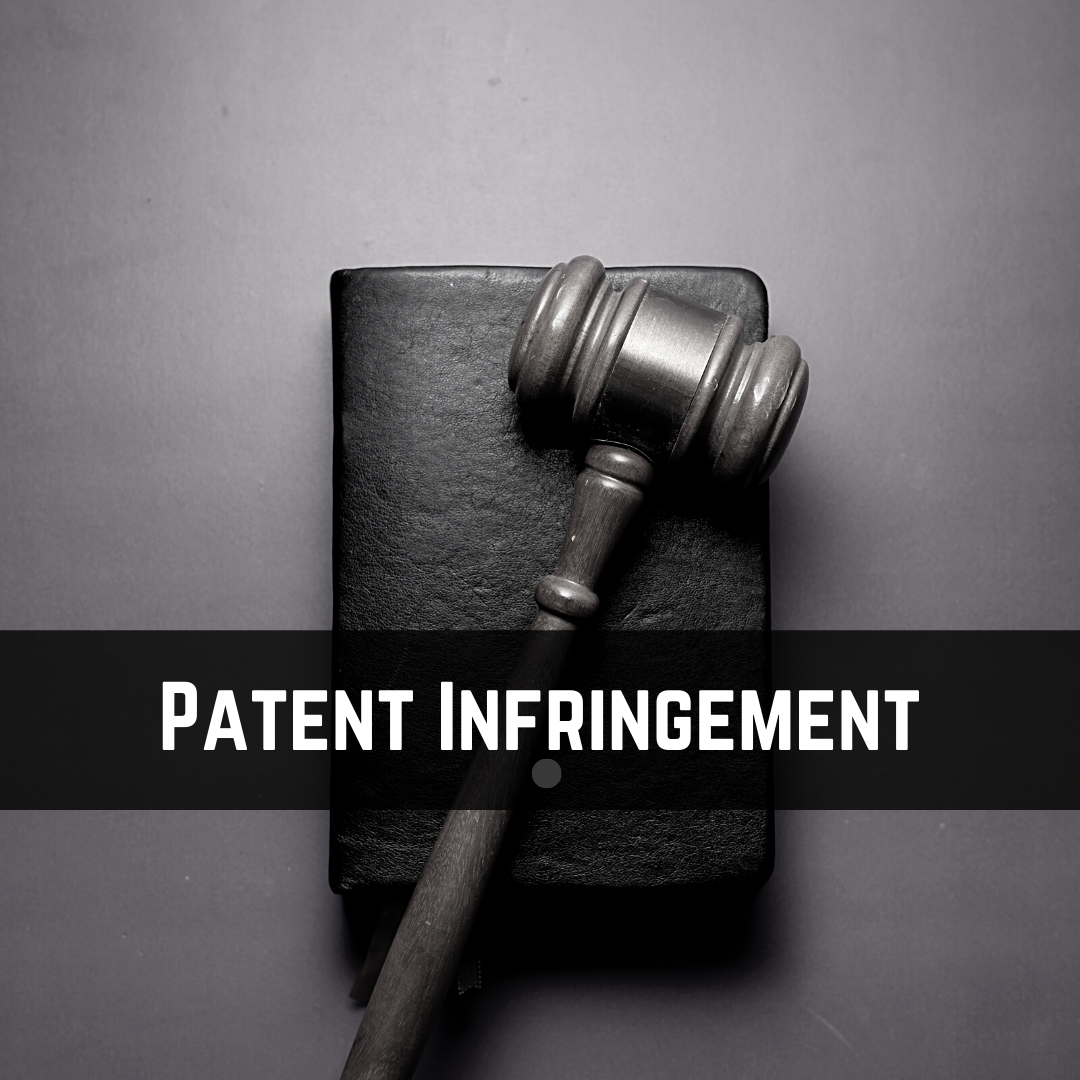
Patent owners enforce their patent rights in case of patent infringement through courts to seek injunction and damages. As an immediate measure, patent owners file for interim injunctions to stop the infringing parties from carrying out acts that can amount to patent infringement. With a view to determine the extent of patent infringement and to further enforce the patent rights, parties often opt for preparation of patent claim charts. Essentially, patent claim charts provide in-depth research and illustrations as to how a product (or a service) has infringed on a patent, typically a process patent or a product patent, or even design patents in jurisdictions like the US. Patent claim charts break down complex claim elements and terms into illustrative charts using simple language that can be used to determine the scope and extent of patent infringement. The patent claim charts generally break down a claim by its specific elements.

India has a well-established statutory, administrative and judicial framework to safeguard the Intellectual Property Rights. Enforcement of IPR has always been a concern for the authorities because of the slow-judicial system. It usually involves lengthy and time consuming procedures which are extremely difficult to enforce. Enforcement of Patent rights can be done through the courts and ADR mechanisms. For any patent related litigation, it is important to note that though the courts are very active in granting equitable reliefs like injunctions, etc, but are still very orthodox and careful while granting the pecuniary damages.
Enforcement is a crucial part of any civil litigation and even in the matter of Intellectual Property Rights. Parties can opt for various claims that can be made in an intellectual property suit during patent litigation, including, permanent injunction, interim injunction, damages, accounts and hanging over of profits, Anton Pillar Orders, and the like.
Apart from the civil remedies, criminal suit can also be instituted in case of infringement of trademark, copyright, Geographical indication, Plant variety and semiconductor integrated circuits layout and design. To institute the criminal case, one needs to either register a FIR or a First Information Report with the appropriate police station, or file a criminal complaint before a competent magisterial court with application for issue of search and seizure warrants directing the police to raid the premises accused for seizure of the infringing material and arrest of the infringers. It is also possible that a criminal suit can be initiated against known as well as unknown persons. It is also important to note that both the civil and criminal remedies, wherever applicable, can be availed simultaneously and the both the remedies can coexist.
The Indian government in the light of counterfeit products have taken several measures for the enforcement of IPR. The Customs Act of 1962 empowers the government to prohibit imports and export of goods of specified description. These are those goods which seem to be the ‘first copy’ of the original products. The government through these initiatives aim to prevent the infringement of trademark, copyrights and patents. In case of infringement of patents, trademarks or copyrights, the customs officer is empowered to raid, search, or seize products and also inspect premises where the production of prohibited goods is taking place.
Patent enforcement is another technique of commercialising the patent. In case of patent infringement, patent litigation always serves as a tool of enforcement. Patent litigation is the most common form of patent enforcement. It usually results in one of the two legal remedies i.e. either the monetary damages award, where the infringing party agrees to reimburse the patent holder for any economic losses caused by the infringement as well as royalties or the injunction which is basically an order of the court requiring the defendant to cease their infringing activities.
During the course of patent litigation, it is highly likely that parties opt for settlement of disputes. In such a scenario, patent pooling mechanism can be used. Patent pools are defined as agreements between two or more patent owners to license one or more of their patents to one another or to third parties. Patent pooling is generally required in case of complex technologies that require complementary patents. It helps in the efficient functioning of the technology as a whole. Patent pools frequently represent the basis of the industry standards that serve the companies and firms with necessary technical expertise to develop new products and services.
Read About Patent FIling Guide



